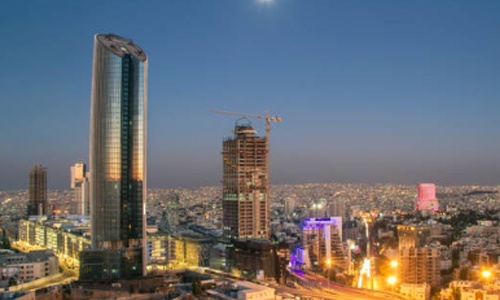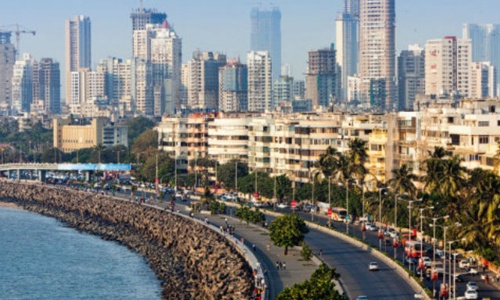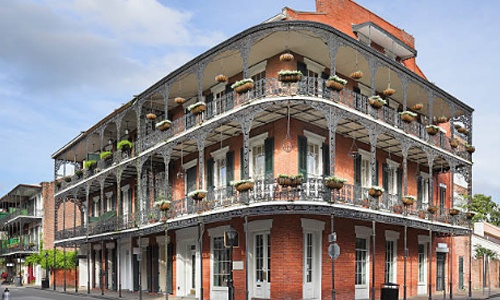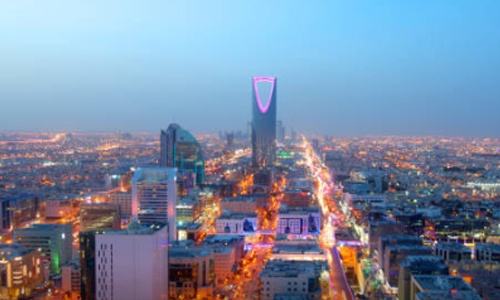
Amman, Jordan
The banking sector is one of the principal foundations of Jordan’s economy. Despite the unrest and economic difficulties in the Arab world resulting from the Arab Springuprisings, Jordan’s banking sector maintained its growth in 2014. The sector currently consists of 25 banks, 15 of which are listed on the Amman Stock Exchange. Amman is the base city for the international Arab Bank, one of the largest financial institutions in the Middle East, serving clients in more than 600 branches in 30 countries on five continents. Arab Bank represents 28% of the Amman Stock Exchange and is the highest-ranked institution by market capitalization on the exchange. Amman is the 4th most visited Arab city and the ninth highest recipient of international visitor spending. Roughly 1.8 million tourists visited Amman in 2011 and spent over $1.3 billion in the city. The expansion of Queen Alia International Airport is an example of the Greater Amman Municipality’s heavy investment in the city’s infrastructure. The recent construction of a public transportation system and a national railway, and the expansion of roads, are intended to ease the traffic generated by the millions of annual visitors to the city. Amman, and Jordan in general, is the Middle East’s hub for medical tourism. Jordan receives the most medical tourists in the region and the fifth highest in the world. Amman receives 250,000 foreign patients a year and over $1 billion annually. Amman is introducing itself as a business hub. The city’s skyline is being continuously transformed through the emergence of new projects. A significant portion of business flowed into Amman following the 2003 Iraq War. Jordan’s main airport, Queen Alia International Airport, is located south of Amman and is the hub for the country’s national carrier Royal Jordanian, a major airline in the region. The airline is headquartered in Zahran district. Rubicon Group Holding and Maktoob, two major regional information technology companies, are based in Amman, along with major international corporations such as Hikma Pharmaceuticals, one of the Middle East’s largest pharmaceutical companies, and Aramex, the Middle East’s largest logistics and transportation company.









